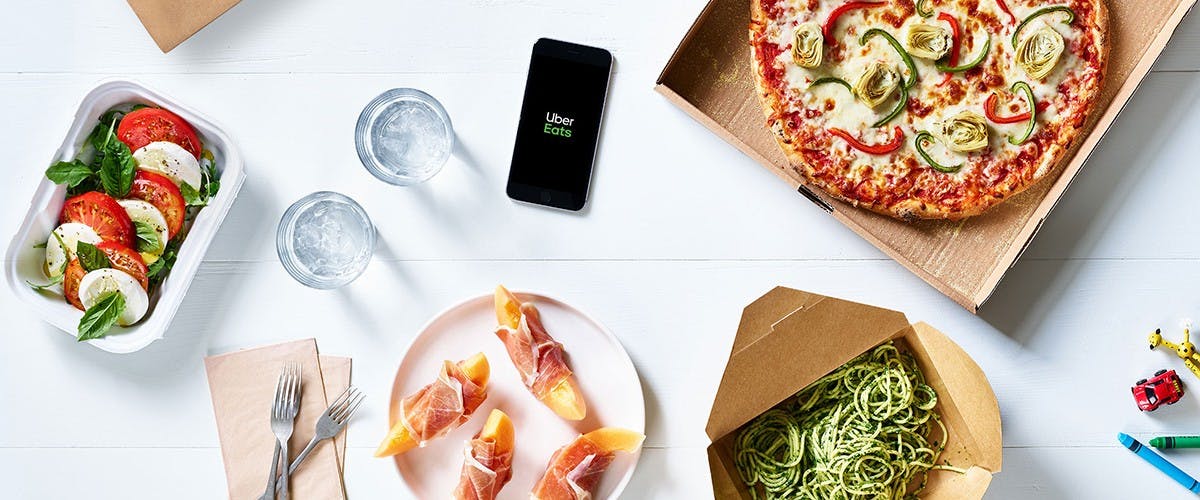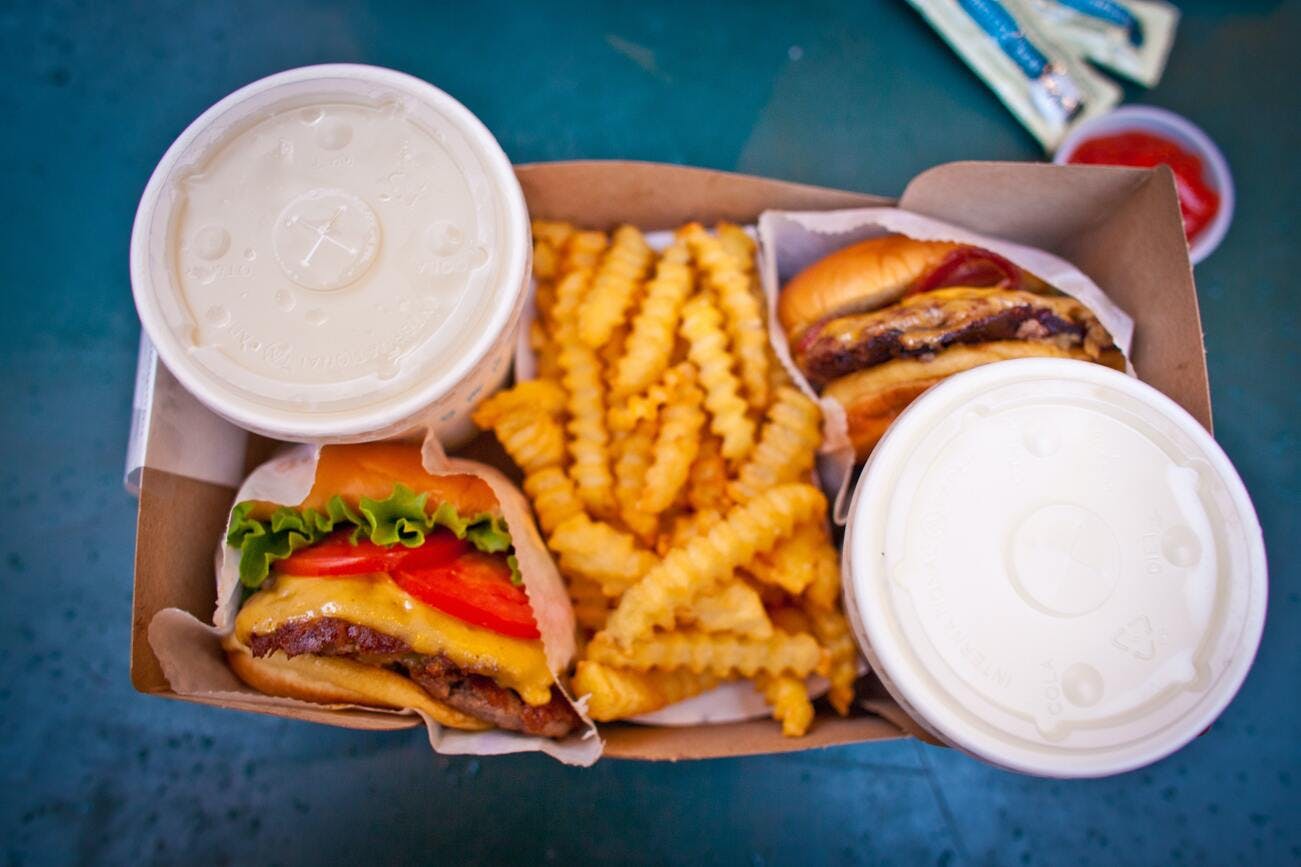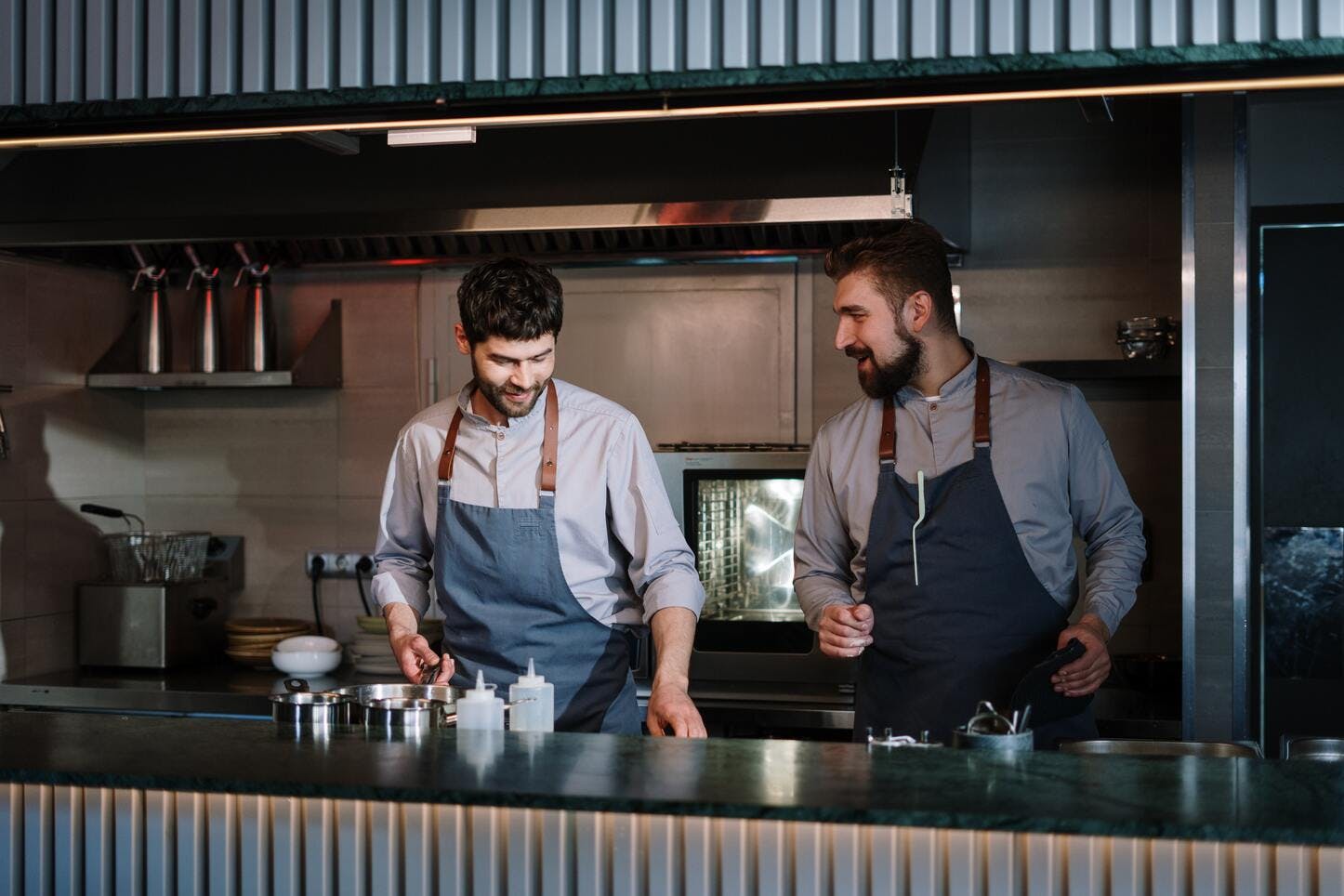
If you are reading this, chances are you are a restaurant owner that serves delicious food. You have a loyal clientele and might be looking to boost your delivery business. Once upon a time being a great restauranteur meant understanding and managing your dine-in operations impeccably. Now, a great restauranteur also needs to be a digital marketer in addition to perfectly understanding the ins and outs of the online delivery platforms they're listed on.
It is not an easy job, but we've got you covered. If you want to up your delivery game, then you need to understand how the delivery game works, and it all starts with the algorithm. Have you ever wondered why you receive more orders in the first few weeks of being listed on a delivery app? Then, just a few months later, sales drop off significantly without you changing anything. This actually happens to many restaurants, but were here to help you overcome this phenomenon. In this post, well break down how delivery apps algorithms work and how you can make them work for you and your restaurant, by taking Uber Eats as an example.
In this post, you'll learn:
- How the Uber Eats algorithm works
- Which metrics the Uber Eats algorithm cares about
- How you can beat the Uber Eats algorithm

How does the Uber Eats algorithm work?
User experience is key
Just like restaurants, Uber Eats wants to give its eaters the best experience possible. It does so by promoting the most popular and loved restaurants on its feed because it knows that users don’t want to spend hours scrolling through options to find something they might order.
Think of your experience using Netflix, for instance. You don’t want to aimlessly scroll through the entire Netflix catalog - even though we sometimes do - to find something interesting to watch. You rely on Netflix’s algorithm to suggest something you might like, and chances are, you are choosing something you’ve already watched, with actors you recognise, or something with a lot of hype around it.
That’s also what Uber Eats does. It promotes restaurants that eaters either already know or that perform well, which is why you’ll find McDonald's near the top of your Uber Eats feed every time. Performance is key for the algorithm. If you’re a high-performing restaurant and deliver value to eaters, the Uber Eats algorithm will promote your restaurant because it’s all about user experience, increasing user engagement and retention. Restaurants that offer promotions (think 15% off or free delivery) also tend to be boosted by Uber Eats’ algorithm, knowing full well that this might entice a user to place an order.
In short, Uber Eats wants to present its eaters with the ultimate experience to ensure that they’ll order. And that when they come back to the app, they’ll order again and again.
Which metrics does the Uber Eats algorithm care about?
Ok, so now we know that optimising its eater’s experience and increasing the chances of them placing an order is Uber Eats’ priority and that they promote restaurants based on their performance. But which metrics does the algorithm care about?
1. Gross Order Rate
Gross Orders are one of the most important metrics to take into consideration. It is the overall completed orders made over a specific period, times the average basket size (completed orders x avg basket size).
Both of these metrics are important in their own right. Let’s start with an obvious one that is critical to the algorithm: the Completed Order Rate. This is the number of orders that have been delivered to the final customer as compared to cancelled orders and orders that were not accepted by the restaurant.
The Average Basket Size, on the other hand, is the average value of the items sold in one purchase. Here, upselling is the name of the game.
Both of these metrics combined give you the Gross Order Rate, which is used to determine how valuable your restaurant is to the algorithm. Let’s say you manage a pizza restaurant, if you’ve completed 100 orders this week with an average basket size of 21.29£ - which is the average order basket size in the UK according to our report on Delivery Trends - then your Gross Order rate would be 100 x 21.29= 2,129.
2. Missed order rate
The missed order rate is the number of orders not accepted by the restaurant or cancelled by a customer. As a restaurant, when you receive an order from a customer via Uber Eats, your number one priority is to accept it and fast. That’s what the algorithm wants. Missed orders are a surefire way to see your restaurant orders decrease and a very important metric to keep in mind. Uber Eats doesn’t want to see an order made by an eater not be fulfilled by the restaurant.
3. Incorrect order rate
Much like missed orders, incorrect orders are not something you can afford as a restaurant owner. Restaurant staff must ensure every outgoing order is correct, that there are no missing items and that the order is going to the right person. Taking into consideration that user experience is key for the algorithm, restaurants must get the orders right each time!
4. Online rate
Think of your restaurant’s physical opening times. Now think of what would happen if you closed the restaurant door during your opening hours. You would probably lose some walk-in customers, right? That’s what happens if your restaurant’s delivery tablet is switched off or goes offline during the virtual opening hours set on Uber Eats. The algorithm prioritises restaurants that respect their opening hours, and while you may think that it’s a no-brainer, most restaurants are only virtually open for 70%-80% of the time they should be. Meaning that they are missing around 20%-30% of their orders and so does Uber Eats.
5. Rating
The algorithm can also assess the quality of a restaurant based on the ratings from its customers. Customers can give their input on two aspects of their order:
- The overall restaurant experience is assessed with a star rating system from 1 to 5 along with a short description of the experience. This can include things such as packaging design and food quality.
- The food experience, where eaters can directly evaluate the dishes that they ordered by using a straightforward thumbs up or down format as well as a short description of their eating experience.

How to beat the Uber Eats algorithm
Now that you know how the Uber Eats algorithm works and which metrics it prioritises, let's see how we can beat it and boost your restaurant’s delivery sales!
Getting seen by potential customers on Uber Eats is vital. We know that most users won’t scroll past the tenth restaurant before placing their order, meaning that if you’re not in the top 10 in your restaurant’s category, the chances of you being seen by an Uber Eats user are slim. So how do you control your restaurant’s visibility and get seen by eaters?
1. In-app Sales & Marketing Initiatives
Promotions
Uber Eats’s main priority is optimising a user’s experience and ensuring that they will place an order after using the app. This is why the algorithm boosts restaurants that offer some kind of promotion, be it free delivery, or a certain percentage off orders. Starting a promotion is a great way to get noticed by the app and potentially be seen by more eaters.
Advertising
As you might have noticed, many restaurants use the Marketing Tab in Uber Eats Manager to create advertisements and boost their placement on the Uber Eats feed. Advertising is a great way to be seen by potential eaters.
Your restaurant’s placement on the feed and when the ad is seen by Uber Eats users will depend on your restaurant’s relevance to a customer base that you’ve targeted as well as the strength of your bid compared with other businesses in your category.
This is why data is so important when it comes to advertising. Understanding your target customers, as well as your current customer behaviour, can give you the edge in this very competitive environment. Otter’s Analytics solution can help you declutter your delivery data and unlock actionable insights to increase sales.
Virtual Brands
One way of beating the algorithm is by multiplying your chances of being seen with virtual brands. At this point, you may be wondering what virtual brands are. They’re digital storefronts on delivery platforms like Uber Eats. That’s where the name comes from: they are called “virtual” because the customer can only see and order from these restaurants online.
A single restaurant can have multiple brands in the same space, making many restaurants more profitable. For example, if your restaurant is well known for its pizzas but also makes burgers, you can start a separate burger virtual brand. Having multiple brands on Uber Eats can increase the visibility of your restaurant, albeit through different brand names, and ultimately increase your overall sales.
Creating and managing virtual brands can get complicated, this is where Otter’s virtual brands solution comes in. Your restaurant can receive guaranteed earnings every week by cooking for Otter’s carefully crafted brands.

2. Optimising your operations
Considering that Uber Eats prioritises restaurants that deliver quality and value to eaters, it’s no surprise that your restaurant’s operational metrics will have a direct impact on your restaurant’s ranking on the feed. Here is how you can rank higher.
Improve Your Online Rate
We’ve already covered that many restaurants are only online between 70% to 80% of the hours indicated on delivery platforms. It could be that somebody has logged off and forgotten to log back in, someone forgot to charge a delivery tablet, or simply your team is working with so many delivery tablets that they just forgot to turn one of them on.
As a restauranteur, your number one priority is keeping your virtual doors open. With Otter’s Live Monitoring solution you’ll receive a notification as soon as one of your points of sale goes down so you never miss any orders. An optimal Online Rate to rank higher on delivery platforms would be somewhere in the range of 95%-100%.
Optimise Your Acceptance Rate
An average restaurant only accepts around 90% of the online orders they receive on a daily basis. This may be due to a lack of time or the struggle to deal with multiple delivery tablets and manual order acceptance. Using an order aggregation solution like Otter’s Order Management, you’ll be able to get rid of all of the tablets and just focus on one, plus Otter will automatically accept all incoming orders and print them directly in the kitchen.
Getting your missed order rate under 1% will significantly boost your restaurant’s chances of ranking higher and getting more orders.
Respect Your Prep Time
One of the main criteria assessed by the algorithm is the capacity of a restaurant to receive orders, prepare them, and ship them in optimal time. So now that your restaurant is getting a lot of orders and automatically accepting them, how fast can you get the order in the hands of a delivery courier? The algorithm will look into how long you said it would take for your staff to prepare the food versus how long it actually takes to do it. If you stated to the delivery platform that it would take 10 minutes to prepare an order but it actually takes 15 minutes, you would be doing yourself and your restaurant a disservice.
In order to boost your chance of ranking higher, you should set a realistic goal for prep time that you can respect. Ideally, for a delivery platform, an order should reach the eater in 24 minutes. So if we break it down, this would mean, accepting the order in less than 30 seconds and preparing the order in less than 10 minutes (while maintaining food quality), keeping 10 minutes for riding time and 4 minutes for drop-off. The better you can optimise your kitchen and the faster you can get the right order in the hands of the right delivery courier, the higher you will rank in the algorithm.
Otter’s Handoffs solution can help manage customers’ expectations and ensure that the right order goes to the right person every time. It helps restaurants notify customers and couriers when their order is ready, sends a confirmation when orders are on the way, and prevents overcrowding at the pickup counter.
We’ve got one more tip for you, if you are just starting out in the delivery business, during the first few weeks your excellence in delivery is very important. Online delivery platforms will tend to list your restaurant higher when you’re starting out, so it is critical that you get your operations in order right away.